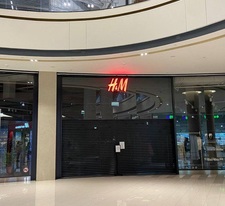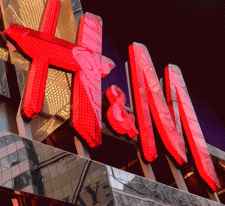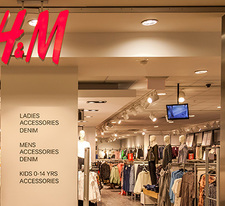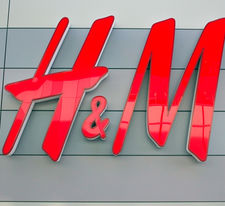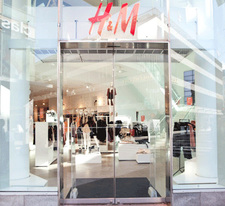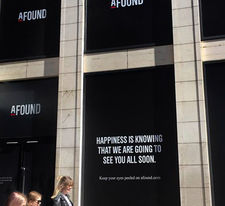Unsold H&M balances
In the world of fashion retail, fast shopping and online trading, when stores try to keep on equipment and warehouses only those goods that are in demand and instantly fly off the shelves, even a small stock of unsold clothes can serve as a bad sign.
What about $4.3 billion worth of shirts, dresses and jewelry? Such is the scale of the problem, which I encountered This year H&M is a Swedish clothing and accessories brand known all over the world.

This information appeared in the latest quarterly report of H&M and caused heated discussions.The main question that worries fashion experts is whether the company can adapt to fierce competition and changes in consumer requirements that are reshaping the global clothing market.
Signs of an increase in the accumulation of unsold stocks appeared last year, when H&M reported an unexpected quarterly decline in sales. The decline was the first in two decades, in which the brand grew from a small clothing store for single women, located in the west of Stockholm, to a giant network of 4,700 stores worldwide.Unsold stocks increased by 7% last year and are now worth almost 35 billion Swedish kronor.The company is literally suffocating because of the mountains of unsold goods.
Analysts note that pedestrian traffic has decreased significantly in recent years, as customers increasingly prefer online shopping to crowded stores or wait for more favorable offers during promotions and sales. This, in turn, caused a revival among retailers in the fast fashion segment.

This is not the only problem of the brand. In January of this year,H&M had to close a number of stores in South Africa amid protests against the racist T-shirt posted in the online store H&M and the reaction social networks. In addition, the company had high hopes for sales through Amazon, which ultimately did not materialize. In the age of digital technology and online sales, clothes go out of fashion faster than they have time to sell.
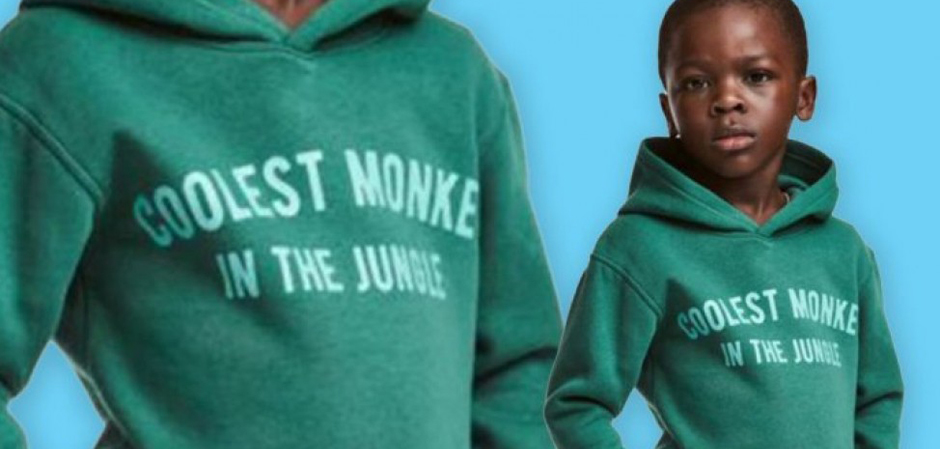
The scale of the problem is highlighted by the production volumes of H&M: As one of the largest clothing manufacturers in the world, the brand annually produces hundreds of millions of items. For example, the power plant in Westeros, the city where H&M opened its first point of sale, partly depends on the burning of defective goods that could not be sold in brand stores.
According to Karl-Johan Persson, executive director of the company, the stock level increased because the company opened 220 new stores and expanded the online sales segment, and therefore needed to replenish the shelves.
At the same time, critics accused the company's management of unsatisfactory inventory management and constant updating of the product line, which played against the brand: previously loyal customers, tired of incessant advertising campaigns and assortment changes, began to leave for other stores.
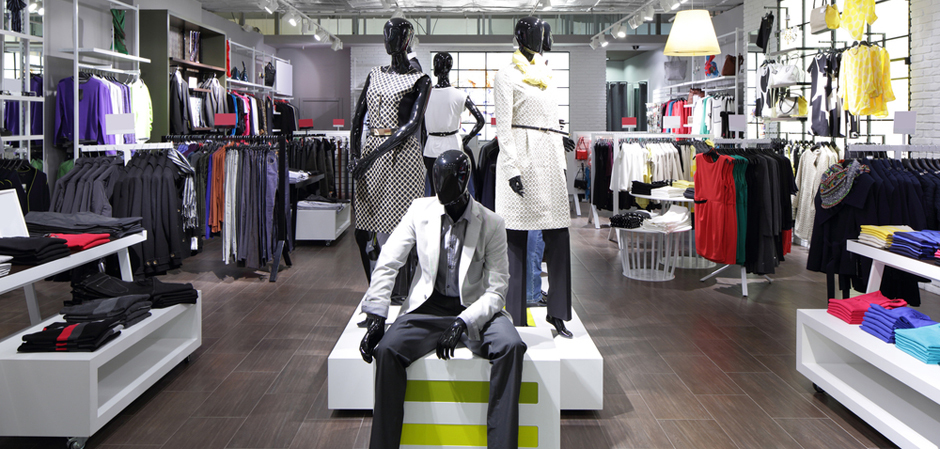
The management of H&M insists that it has a plan to solve these problems, which in particular includes lowering prices, which will allow faster sale of stocks and surplus products. It is assumed that online sales in 2018 should reach about 25% of all company sales.
Photo: shutterstock, H&M


